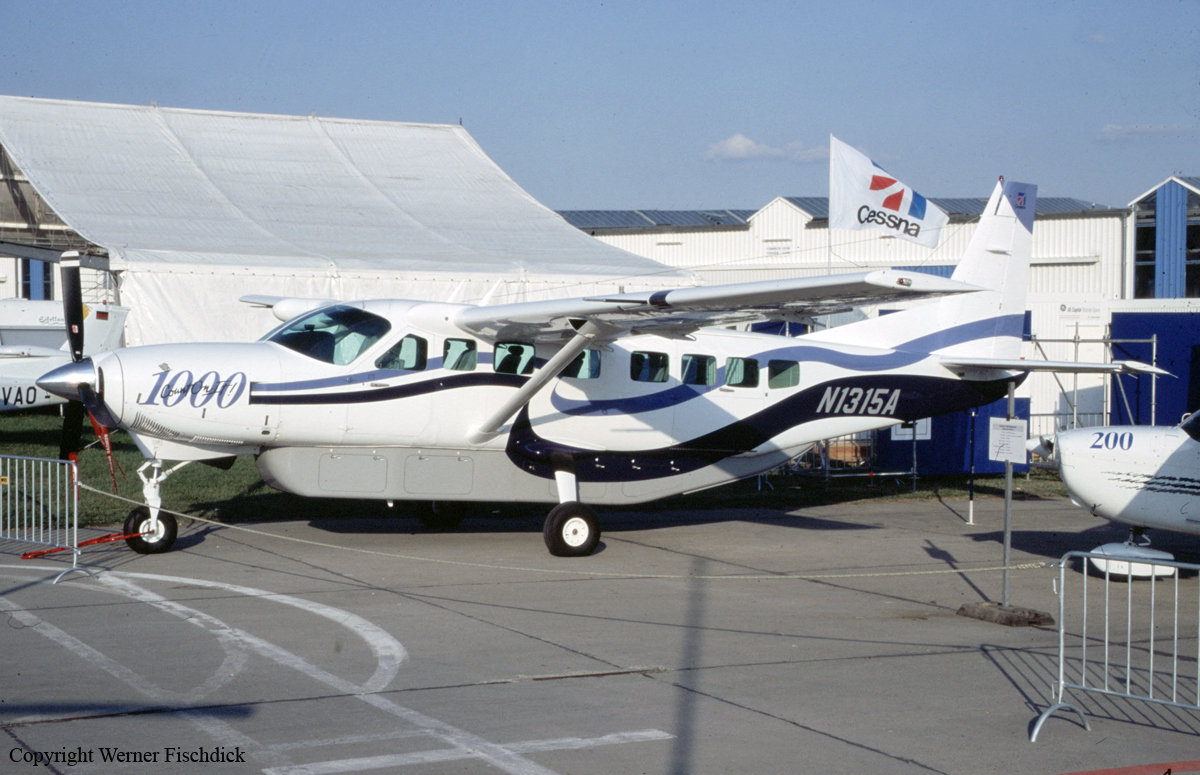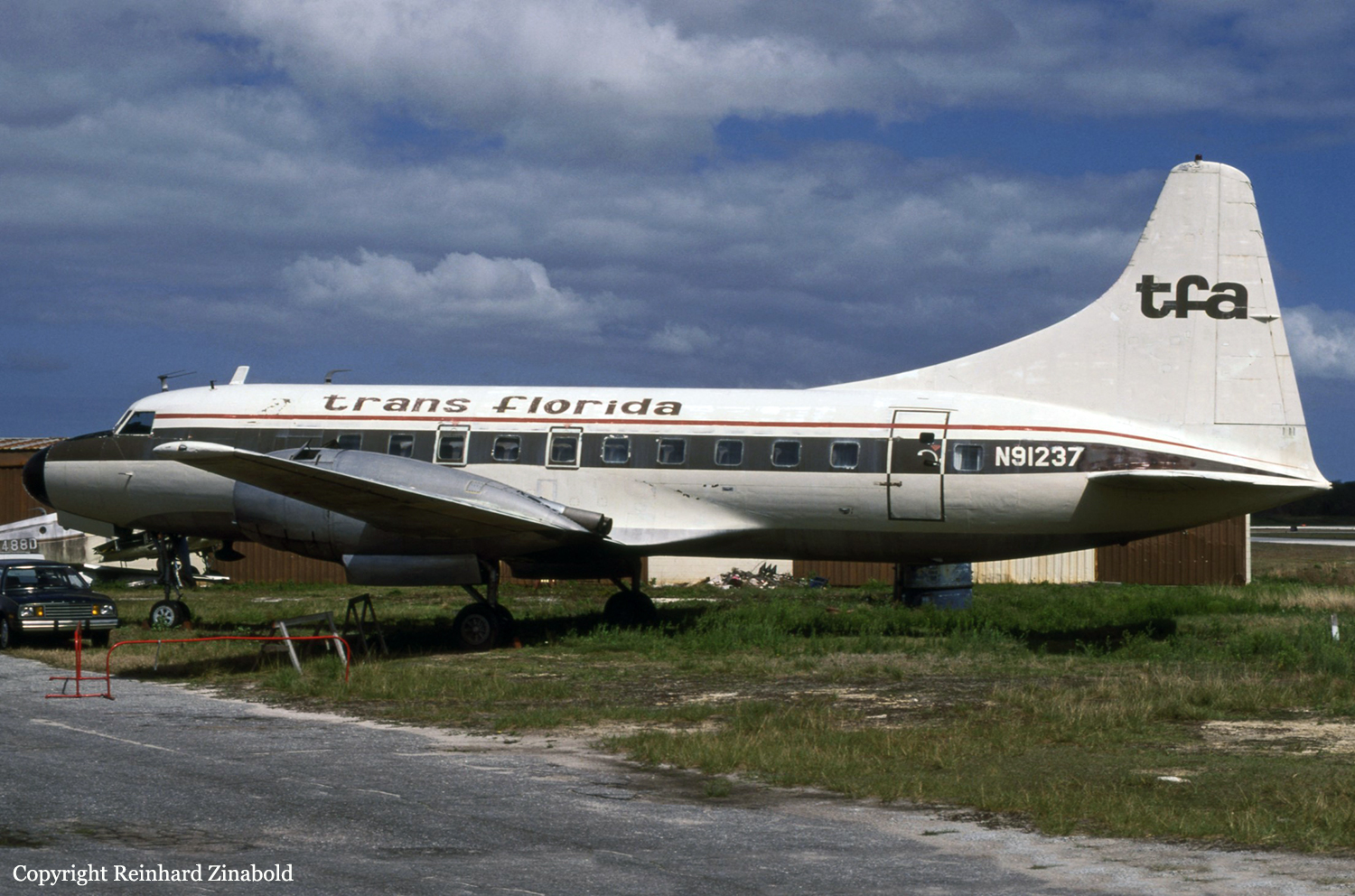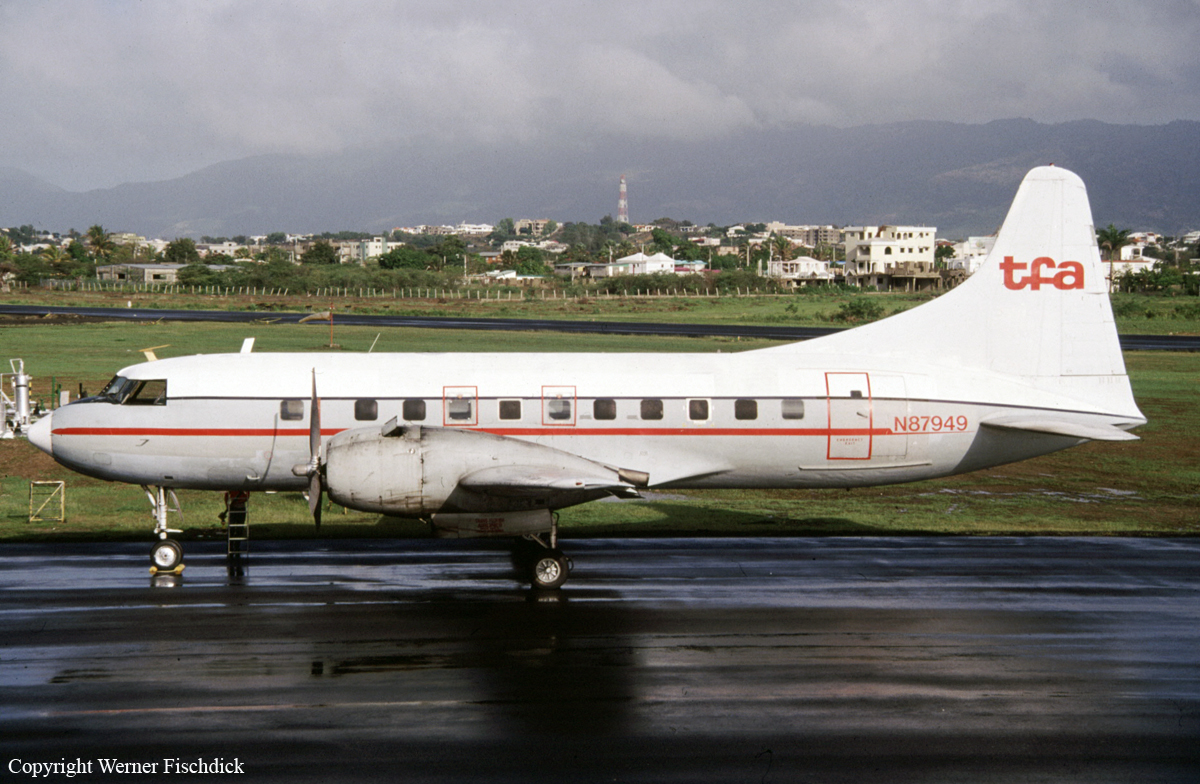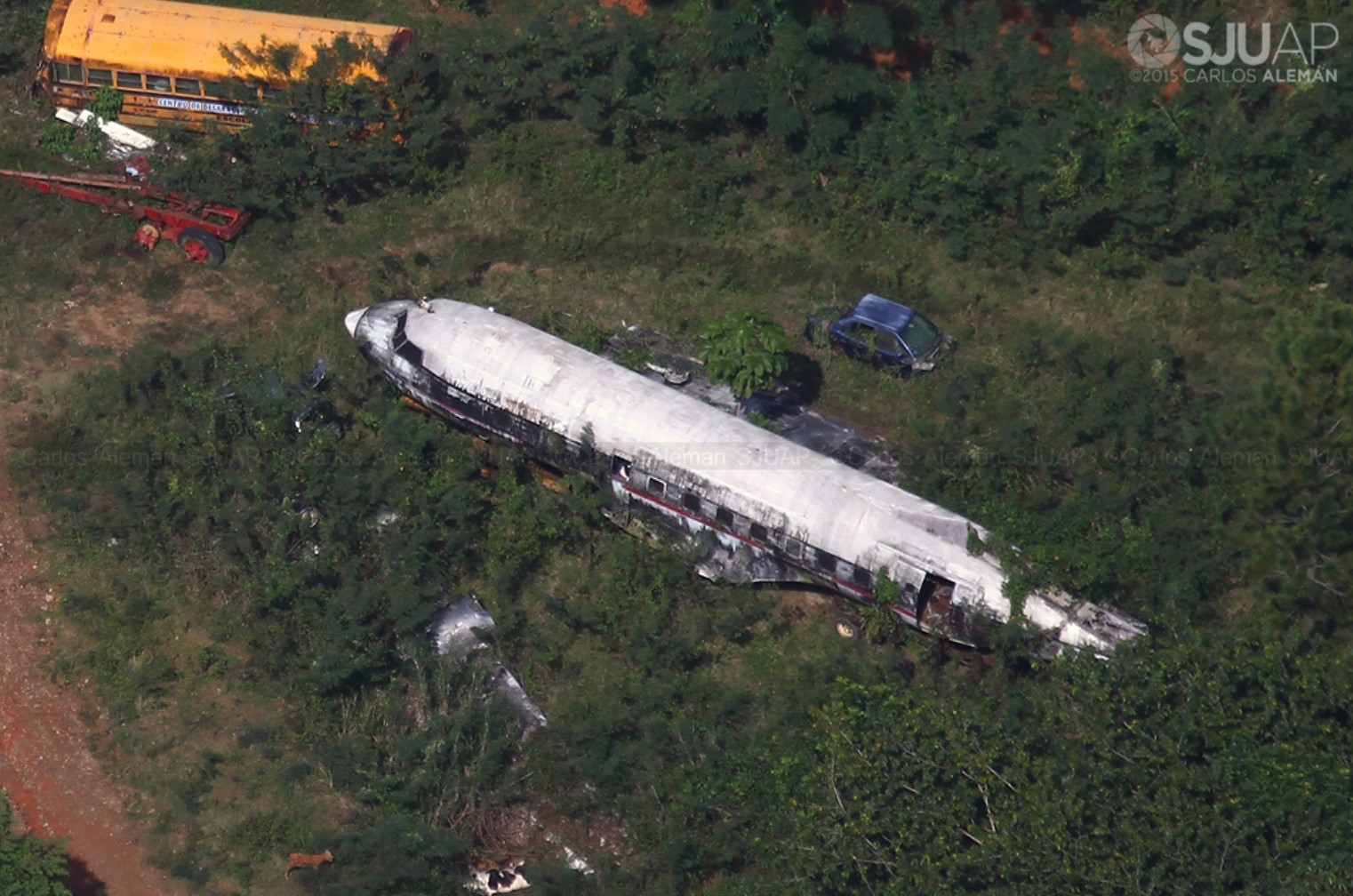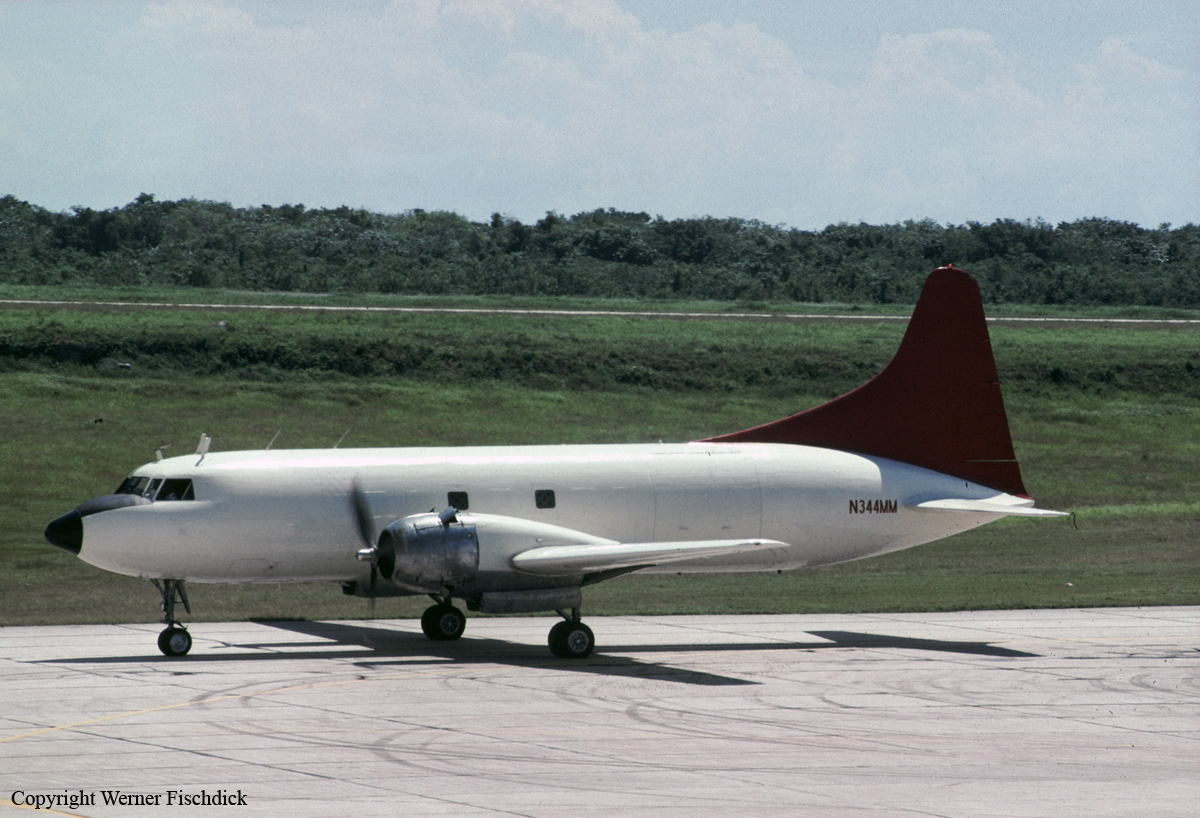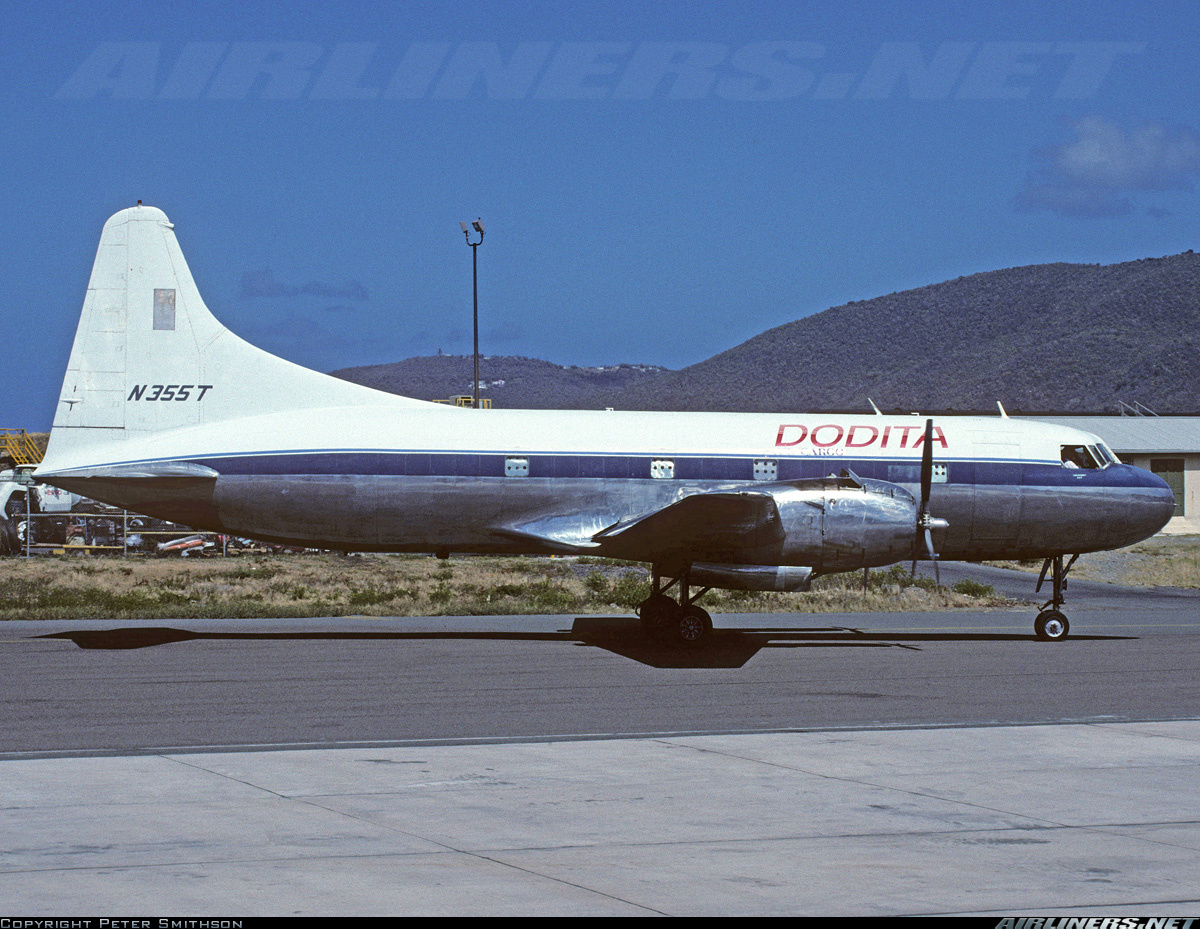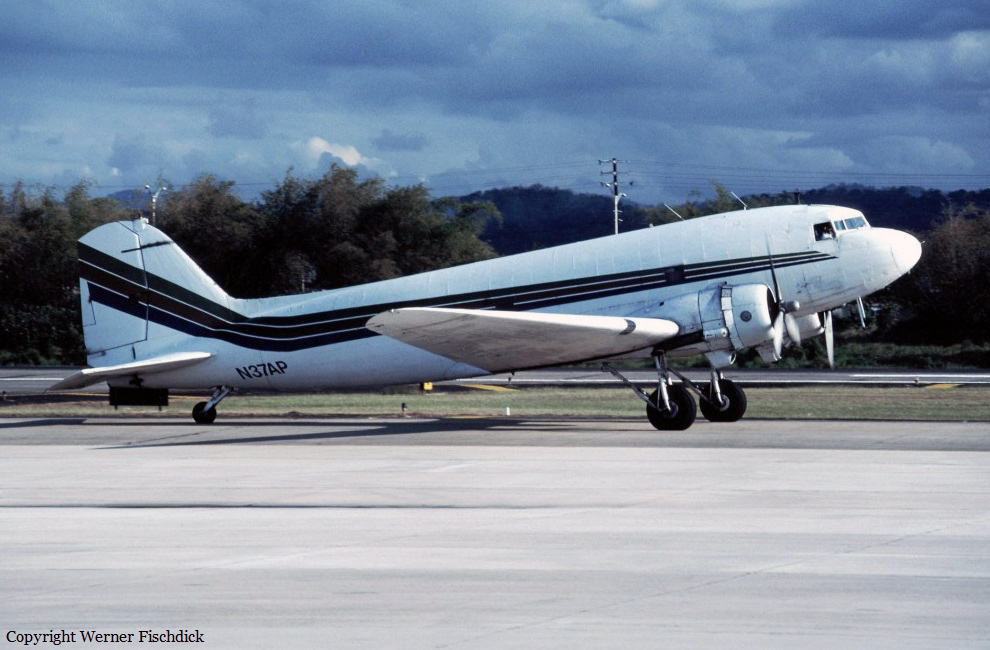Crash of a Cessna 208B Grand Caravan near Adjuntas
Date & Time:
Dec 23, 1999 at 1600 LT
Registration:
N1315A
Survivors:
Yes
Schedule:
Ponce - Aguadilla
MSN:
208B-0655
YOM:
1998
Crew on board:
1
Crew fatalities:
Pax on board:
1
Pax fatalities:
Other fatalities:
Total fatalities:
0
Captain / Total hours on type:
550.00
Aircraft flight hours:
1427
Circumstances:
While en route to the first schedule stop, the pilot heard a radio transmission that weather conditions in the vicinity of his next destination were 'bad.' Upon arriving, the pilot attempted to telephone Flight Service for a weather briefing and to file a flight plan. After efforts to contact Flight Service failed, the pilot elected to takeoff without a filing a flight plan. A few minutes into the flight, the pilot decided to return to the departure airport after the flight encountered deteriorating weather conditions that included heavy turbulence, and low ceilings. The airplane collided with trees as the pilot maneuvered the airplane. The post-accident examination of the airplane failed to disclose a mechanical malfunction or a component failure. The pilot did not report a mechanical problem with the airplane. A review of the en route flight charts disclosed that the terrain elevation at the departure point was approximately 24 feet. The terrain elevation at the approximate location of the accident site was 2,500 feet.
Probable cause:
The pilot continued flight into adverse weather conditions that included low ceiling and turbulence. Factors to the accident were trees.
Final Report:
